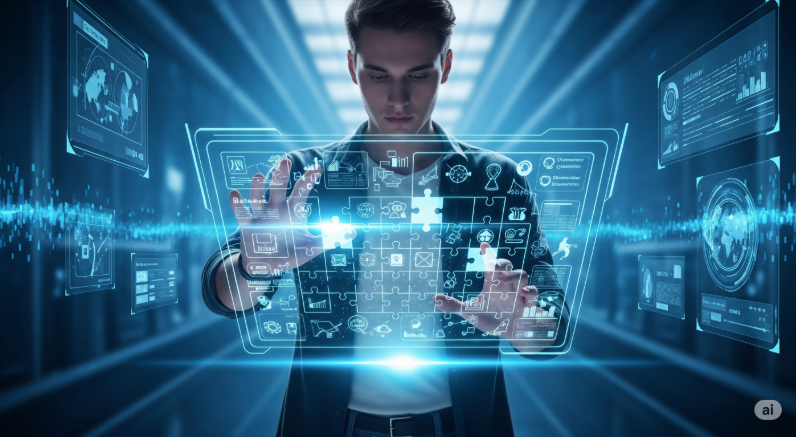Advantages of Implementing Liveness Detection for Enhanced Biometric Security
- Allie Mitchell

- Feb 16, 2023
- 3 min read

Biometrics and liveness detection are two key technologies for identity verification and authentication. While biometrics are widely used for ensuring secure access to devices, applications, and sensitive information, the need for liveness detection has been on the rise due to hackers attempting to circumvent the biometrics authentication using ‘spoofing’. There are key differences between biometrics and liveness detection that are often missed, or simply mistaken.
Biometrics
Biometrics detect a users’ unique identifiers to verify their identity. The most simple example of this is our own mobile phone; any smart phone nowadays has the ability to either scan our faces or our fingerprint to grant us immediate access. Biometric scans are based on the use of physical characteristics, such as fingerprints, iris patterns, or facial features to identify and verify a person's identity. While biometric scans are widely used and can be effective in identifying individuals, they are not fool proof and can be vulnerable to spoofing attacks. Spoofing attacks occur when a hacker is able to circumvent the identification process by using fake biometric data. There are any number of ways that this may be done, however a few to note are:
False Fingerprint: Creating a fake fingerprint using materials such as silicone, rubber, or Play-Doh to fool a fingerprint recognition system.
Spoofed Face: Using a photograph or a video of a person to mimic their face and fool a facial recognition system.
Impersonated Voice: Recreating a person's voice using voice imitation techniques or recording their voice to fool a voice recognition system.
Artificial Iris: Using an artificial iris, such as a contact lens or an image, to fool an iris recognition system.
These attacks can pose a significant security threat and undermine the trust in biometric systems. Therefore, it's important to consider using liveness detection techniques to mitigate these risks.
Liveness Detection
Liveness Detection is a type of authentication method that aims to verify that the person being authenticated is a real, live human being, rather than a photograph or a video recording. Modern liveness challenges can rely on one of three things:
Flashing a randomized sequence of colors displayed on the screen and cross-referencing these with the image, or illuminating the face, to detect spoofing attempts
Requesting the user to adjust the distance between the camera and face, observing any distortions or discrepancies, as an additional measure to detect fraudulent activity.
Asking the person to perform a specific action or ‘challenge’, such as moving into a specific position, blinking, smiling, or speaking a specific phrase. The liveness test checks for subtle facial movements and other physical characteristics that are unique to a live person, making it difficult for an attacker to impersonate the individual.
Detecting the authenticity of a live person during a remote or automated interaction is crucial in preventing spoofing attacks. By leveraging advanced machine learning and image analysis models, it is possible to detect fraudulent videos/screens, thereby creating a comprehensive and multi-factor approach to the detection of such attacks.
Liveness detection addresses vulnerabilities that biometric authentication is prone to in facial identity verification by requiring the user to perform a live-action during the authentication process. In any KYC process, liveness tests are generally considered to be more secure and effective than biometric scans. This is because liveness tests are designed specifically to detect and prevent impersonation attempts, whereas biometric scans rely on the assumption that the person being authenticated is genuine. When it comes to implementing biometrics, relying on device-specific hardware can be a limitation, as some consumer devices lack the necessary sensors. For example, iris or fingerprint scanning requires specialized hardware. On the other hand, liveness detection can be achieved with common smartphone cameras and other standard equipment, making it a more accessible and convenient solution.
By combining both biometric and liveness authentication, businesses can increase the security and reliability of their identity verification and KYC processes, providing a strong, multi-layered approach to user authentication, resulting in making it more difficult for fraudsters to bypass security measures.




Comments